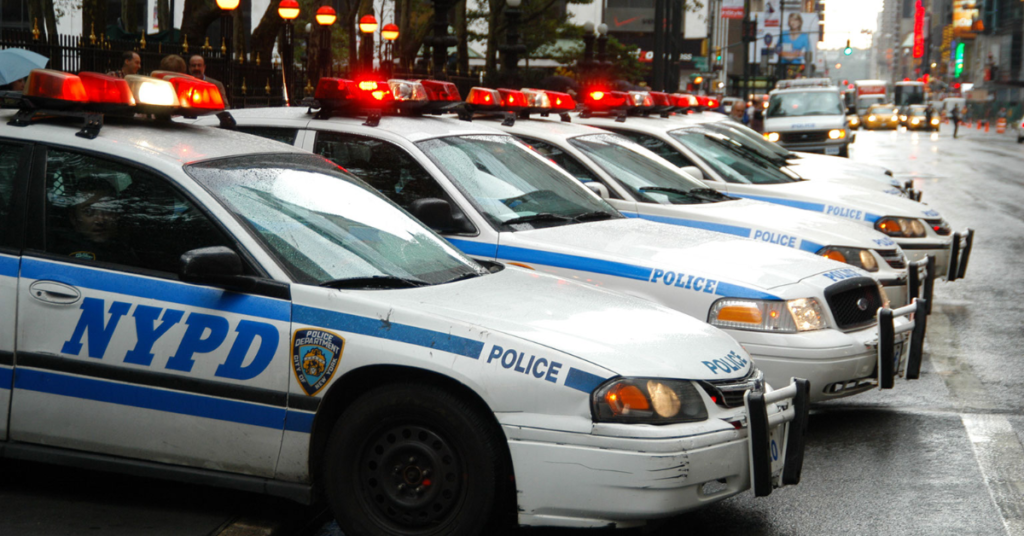
The NYC police department (NYPD) seizes more vehicles than any other agency in the country. The NYPD has been sued many times over the years and it has used the lessons learned from those lawsuits to refine its seizure and impound practices to the point where the NYPD has very specific and orderly procedures for handling lien/lease holder requests to recover impounded vehicles.
To lien/lease holders dealing with the NYPD for the first time, the system may seem like an unnavigable labyrinth. Once you understand it, however, the NYPD process reveals itself to be highly organized and a reasonably efficient way for lien/lease holders to recover their vehicles. This article addresses the fundamentals which lien/lease holders should know to handle NYPD impounds.
Do you want the car?
First you need to decide if you want to pick up the vehicle. You may decide that the vehicle is not worth picking up because the value is too low or because the loan is nearing payoff. Please note that if the vehicle is wrecked, the NYPD does not allow inspections and it is a waste of valuable time to try to arrange one.
Before you refer, it is a good idea to call the pound to make sure the car is still there. Sometimes customers pick up their vehicles quickly and there is no need to refer the case to us.
What to include in an NYPD referral
If you have decided to refer the case to us, you will need to gather the necessary paperwork. The referral must include the contract, including both sides and the signature, proof of lien and the seizure letter. If you did not receive a seizure letter, then include any information you have such as seizure numbers, the location of the vehicle, detective information, etc. If you do not have the seizure letter, you can send the referral anyway, but it slows the process down a bit.
Once you refer the case, leave the rest to us. It creates confusion if both the law firm and the lien/lease holder are calling on the same vehicle.
Arranging release
While we are waiting for the title transfer, we work on arranging release. First we need to determine the seizure category: safekeeping, determined true owner, investigation, arrest evidence and forfeiture. The category dictates how quickly we can get the vehicle back. The NYPD seizes vehicles for many different reasons such as drunk driving, burglary, weapons, drugs, murder, sex trafficking, ID theft, and subleasing and because there are serious crimes involved, there are many cases that have extensive investigation periods and lengthy DA holds. Investigations usually take the longest because the vehicles are being held pending an arrest, which can take an unknown amount of time. Arrest evidence may also require the vehicle to be held until the end of the case for more serious cases.
Once we have the title and we have arranged release, we will send you a detailed instruction letter which you should share with your agent. The agent must follow the steps in the order they are listed. Oftentimes, agents try to redo everything that we have already done, slowing down the process, and creating more work for us.
Can we give the car back to the customer?
We get this question a lot. The answer depends upon what the vehicle has been seized for. If the vehicle has been seized for forfeiture, you cannot allow the customer to secure once you have signed the hold harmless and settled with the NYPD because, in signing, you agreed not to give the vehicle back to the customer. This agreement is in place so criminals do not try to circumvent the Legal Bureau by going to the lien/lease holder to get the car back.
If the vehicle is seized for any of the other categories, you may allow the customer to secure. If we have already obtained a transfer title, we recommend that you send the customer to secure with a notarized copy of that title and a notarized letter of authority. Then, once the customer secures the vehicle, we will redeem the title.
For questions about NYPD impounds, call or email Wendy at wendy@meolalaw.com.